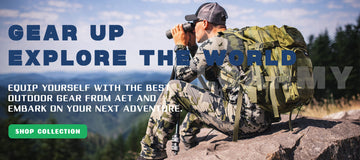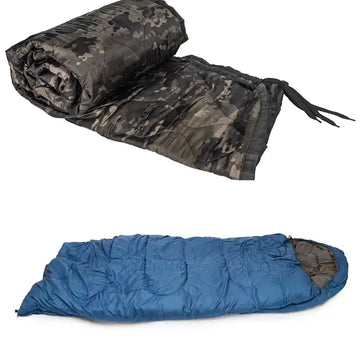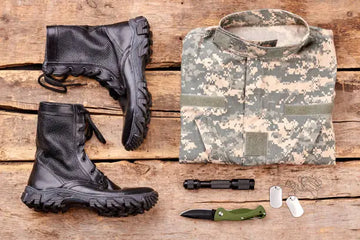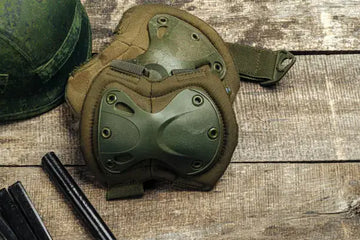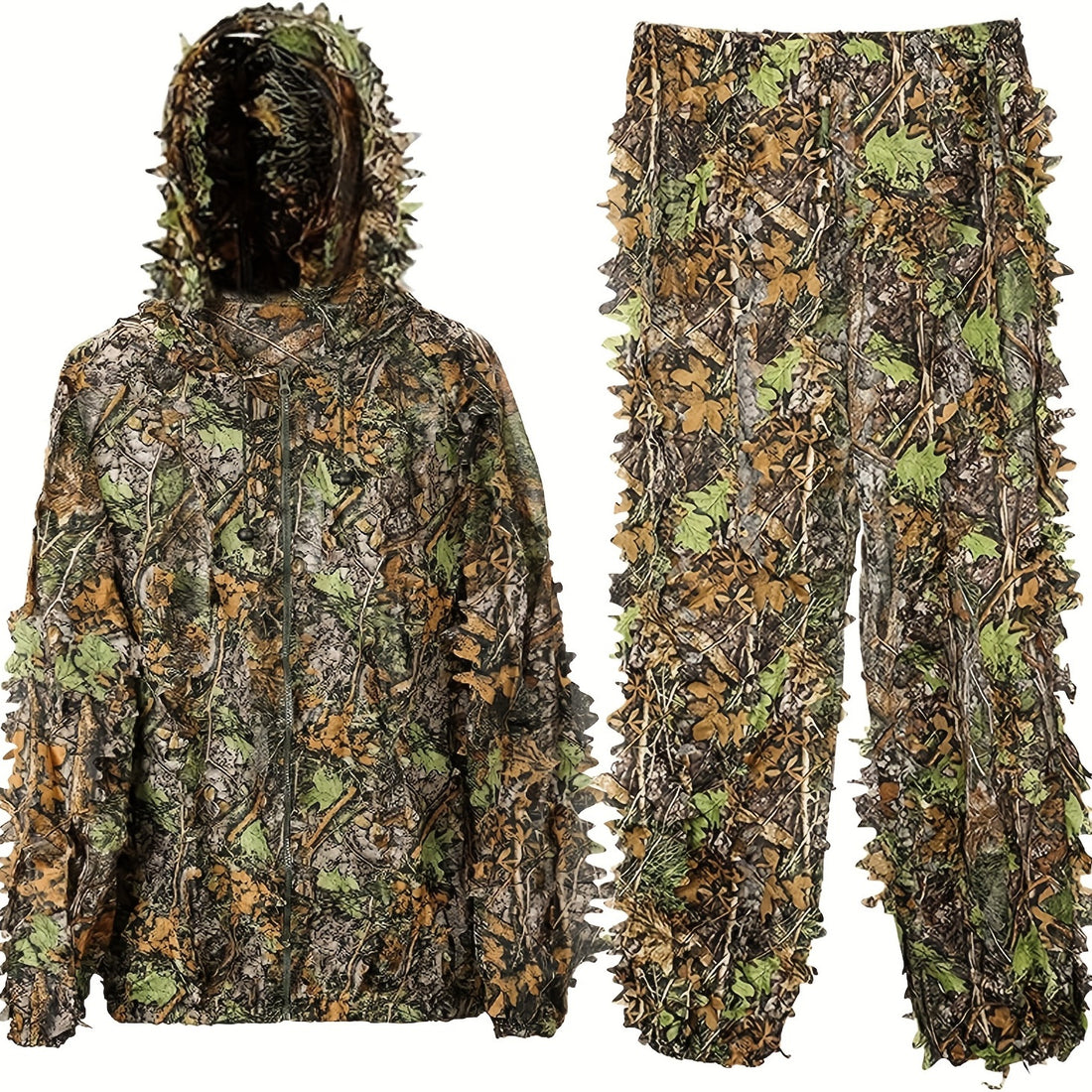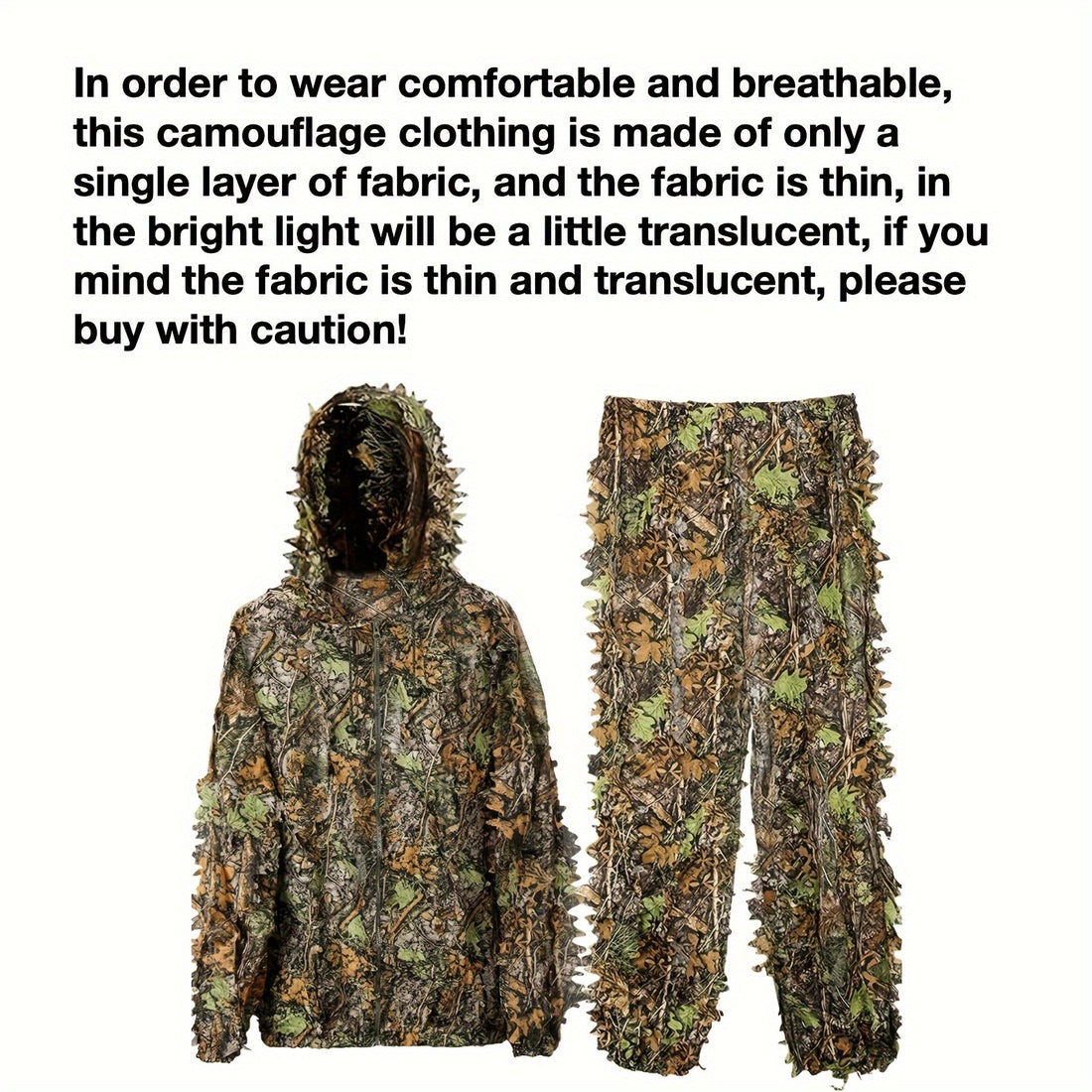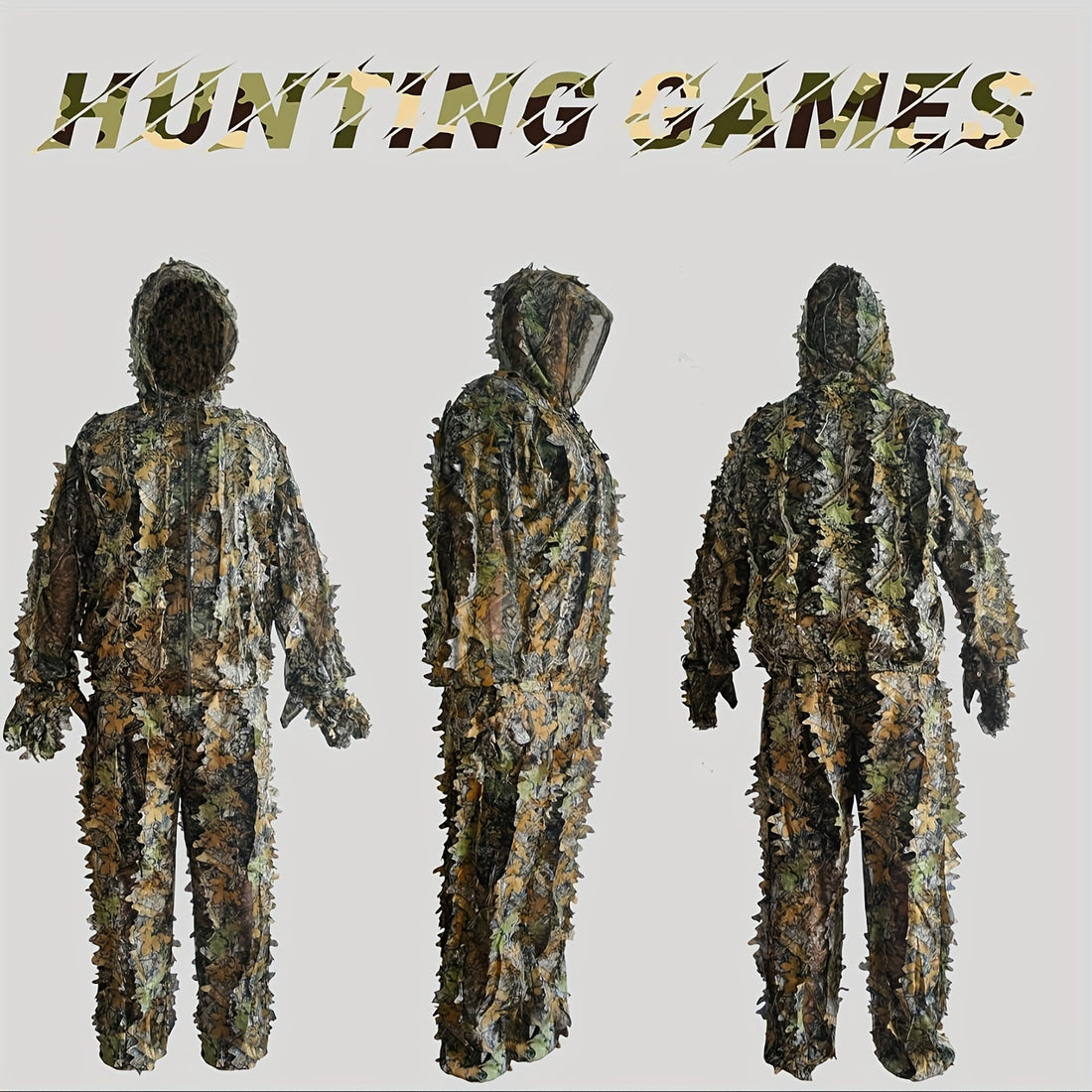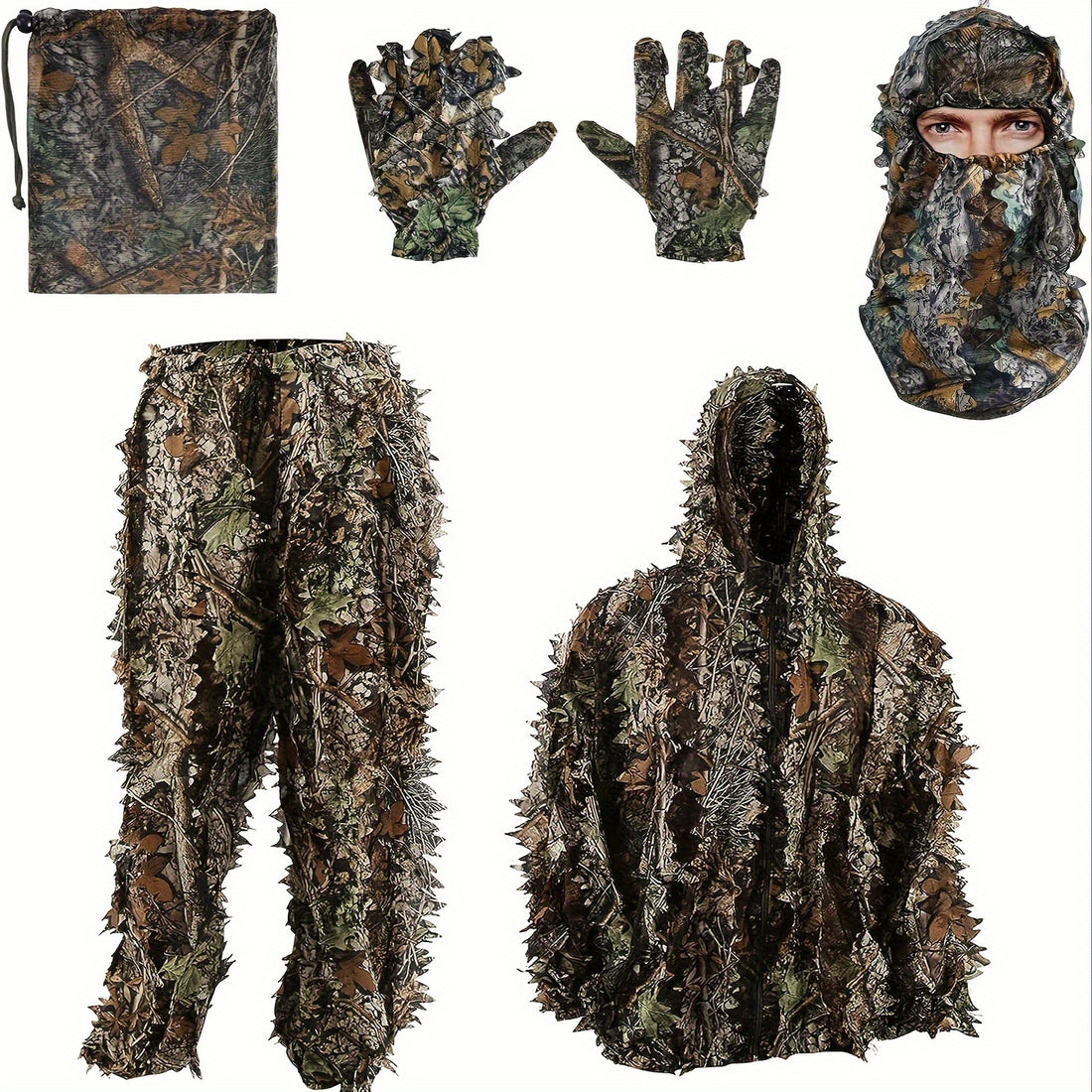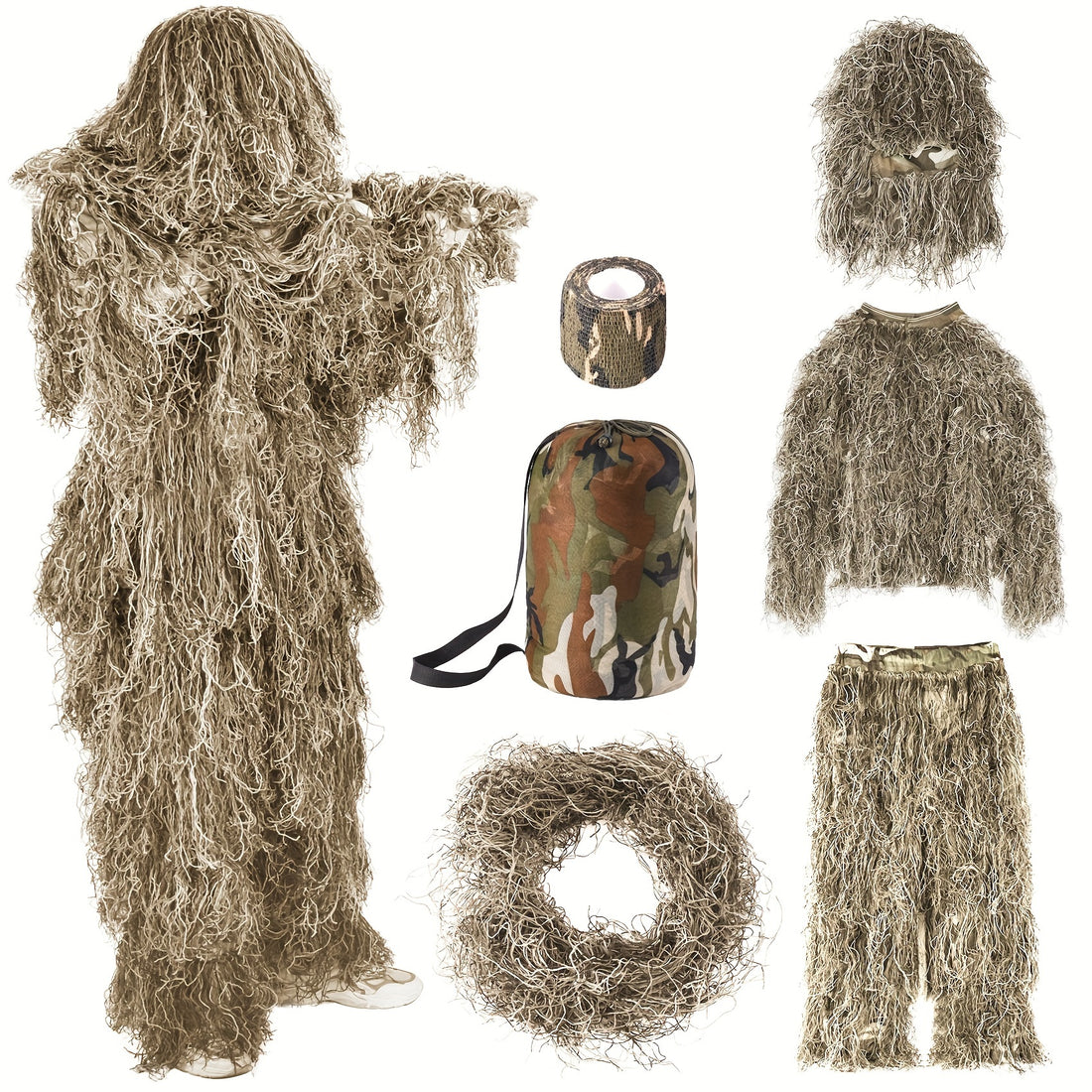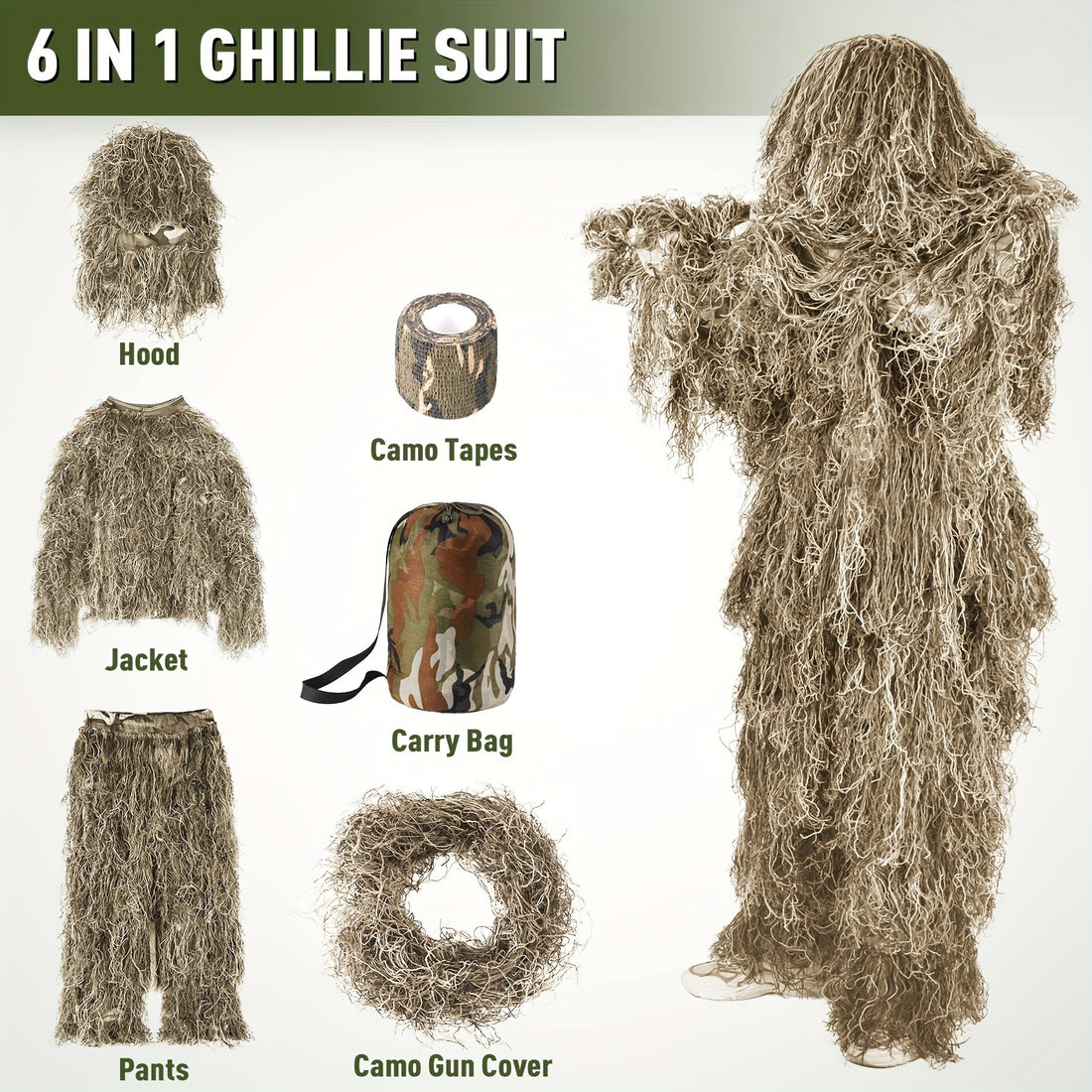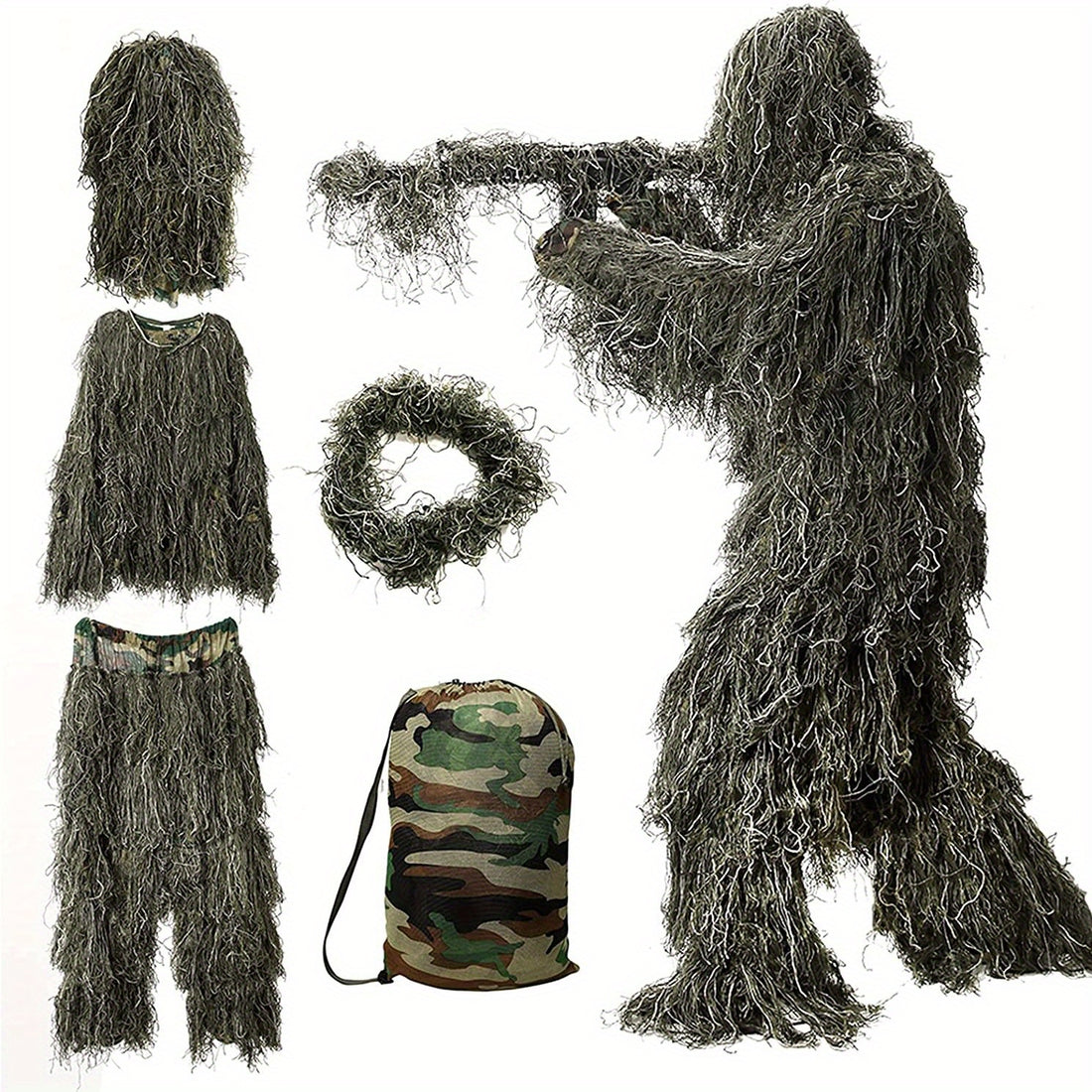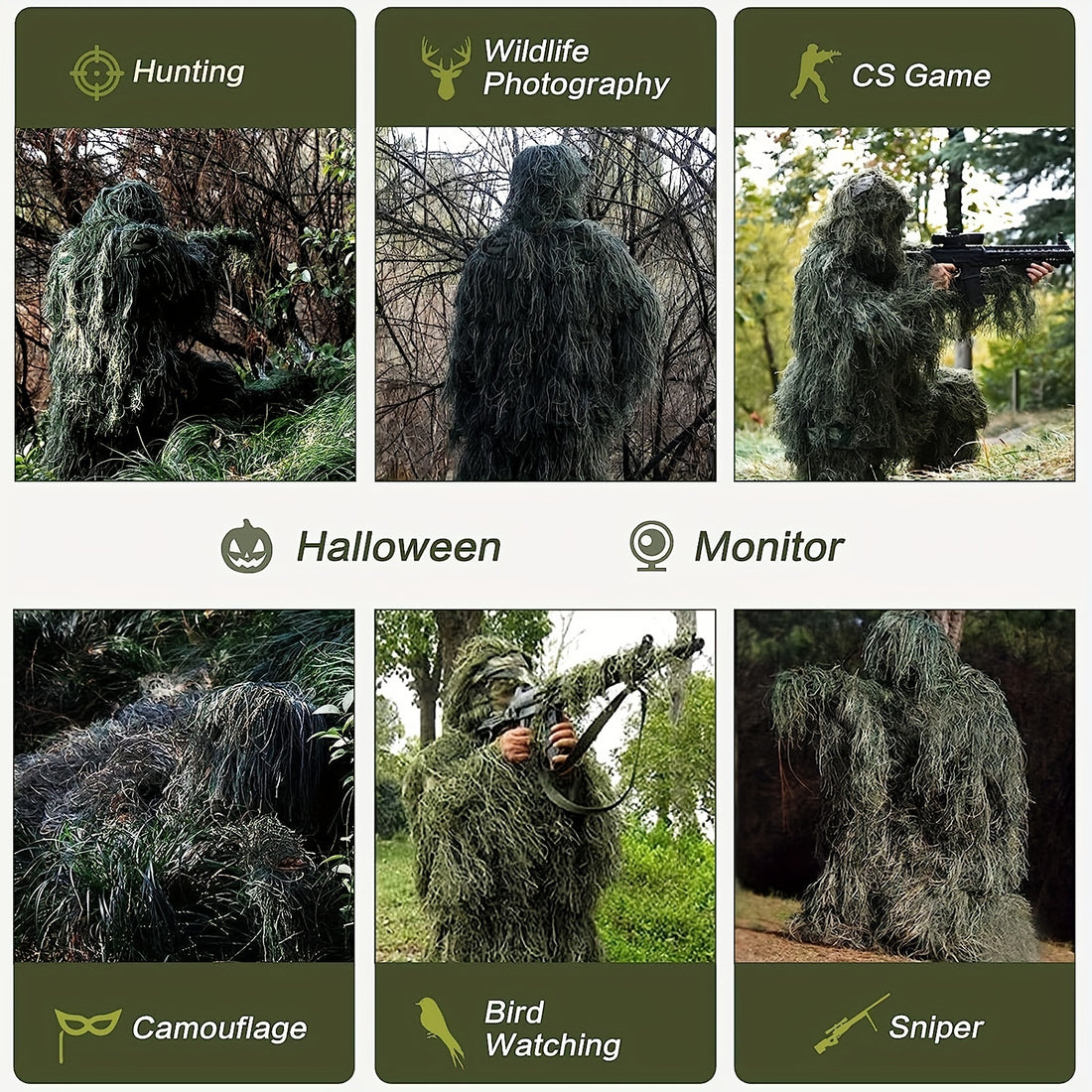Duffle bags are recognized for their large, cylindrical capacity and straightforward design. However, the distinction between "military" and "civilian" models goes beyond aesthetics, representing a basic difference in design philosophy, material choice, and intended use.
This comparison outlines these key differences objectively to inform a practical purchase decision.
Design Philosophy: Purpose-Built vs. User-Convenient
The primary difference lies in the overarching design goal.
Military-style duffel bags are purpose-built for logistical durability. Their design prioritizes the reliable, often rough, transport of mission-critical gear in variable and harsh conditions. Every material and feature is selected to meet specific demands of abrasion, weather, and load-bearing, with less emphasis on weight or style.
Civilian duffel bags are typically designed for user convenience and cost efficiency. They prioritize affordability, lightweight construction, aesthetic appeal, and features that enhance ease of use in common scenarios like gym visits, weekend travel, or sports.
Comparison Table: Military vs. Civilian Duffle Bags
| Feature | Military-Style Duffle Bag | Typical Civilian Duffle Bag |
| Primary Design Goal | Maximum durability and reliability under stress. | Balance of function, cost, weight, and style. |
| Common Materials | High-denier nylon (e.g., 1000D Cordura), heavy-duty canvas. Often with PU/PVC coatings. | Standard polyester, lightweight canvas, tarpaulin, or recycled fabrics. |
| Construction | Double or triple-stitched seams with reinforced stress points (e.g., handles, strap anchors). Bar-tacking is common. | Single or double-stitched seams. Reinforcement varies by price point. |
| Hardware | Heavy-duty YKK zippers, often with large pulls for use with gloves. Metal D-rings and ladder-lock buckles. | Standard nylon coil or plastic zippers. Plastic or lighter metal hardware. |
| Water Resistance | High. Densely woven fabric with coatings; seams may be tape-sealed. Resists heavy rain and ground moisture. | Low to Moderate. May have a DWR (Durable Water Repellent) finish but fabrics are often not coated, making them susceptible to soak-through. |
| Carrying System | Oversized web haul handles. Removable, wide, padded shoulder strap. Some feature backpack-style strap concealment. | Standard fabric handles. A simple, often non-padded, shoulder strap. Higher-end models may include wheels. |
| Features & Organization | Minimalist. Often a single large compartment. May include external MOLLE/PALS webbing for modular customization. Drainage grommets are common. | Varied. May include dedicated internal pockets for shoes, tech, or wet items. Organizational panels are common. Lacking modular attachment points. |
| Typical Size Range | Often larger, ranging from ~60L to 120L+, catering to kit and field gear transport. Standard military issue bags are often around 90-110L. | Broad, but commonly ~30L to 80L, catering to gym, weekend, or airline carry-on use. A 50L bag is a common mid-size for travel. |
| Weight (Empty) | Heavier (e.g., 3-6 kg / 7-13 lbs for a large bag) due to material density and construction. | Lighter (e.g., 0.5-2 kg / 1-4.5 lbs) to enhance portability for everyday use. |

Advantages of Military Duffle Bags
- Long-Term Longevity: The material and construction extend the bag's functional lifespan under heavy use.
-
Load Security: Robust straps and handles help when moving very heavy, dense loads.
- Modularity (if equipped): MOLLE webbing allows for external attachment of pouches for specialized gear.
Advantages of Civilian Duffle Bags
-
Cost-Effectiveness: Budget-friendly for casual or intermittent use.
-
Lightweight & Ergonomic: Easier to carry when not fully loaded, often with user-friendly features like wheels.
-
Integrated Organization: Built-in pockets and compartments reduce the need for additional packing organizers.
- Aesthetic Variety: Available in numerous colors, patterns, and styles to suit personal preference.
Black large duffle bag with mesh end
Making the Choice
Consider a Military-Style Duffle Bag if:
- Your use involves rough handling (e.g., checked airline baggage, expedition travel, vehicle-based transit).
- You frequently operate in wet or dirty environments.
- You need to transport very heavy or sharp-edged equipment (tools, gear).
- Long-term durability is a higher priority than initial cost or empty weight.
Consider a Civilian Duffle Bag if:
- Your primary uses are gym, short trips, or daily sports where loads are moderate.
- Low empty weight and ease of carrying (e.g., with wheels) are important.
- You prefer built-in organization over a single cavernous space.
- Budget or specific aesthetics are deciding factors.
Conclusion
Military and civilian duffle bags are engineered to solve different problems. The former is a tool built to a performance specification, often sacrificing lightweight convenience for assured reliability. The latter is a consumer product built to a market specification, balancing performance, cost, and user experience.
About Our Products
As a manufacturer in the tactical and outdoor industry, we produce military-style duffle bags that emphasize durable materials and construction. We also understand the need for varied features and offer options that balance tactical durability with practical civilian usability.
Explore our range of bags built to meet defined performance standards or contact us for tailored solutions.

